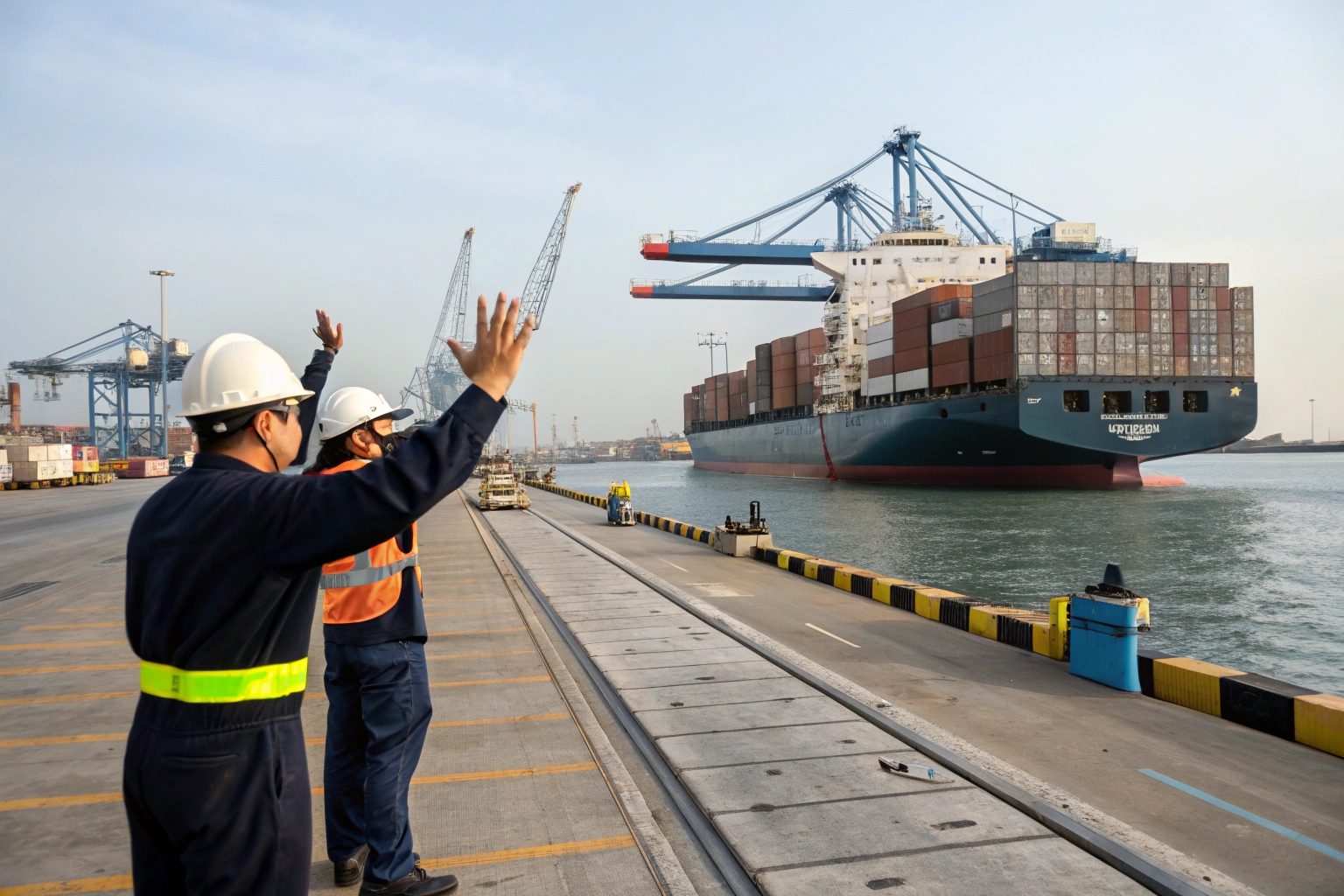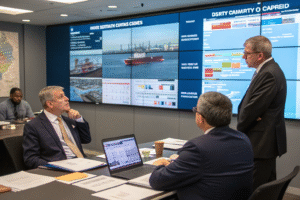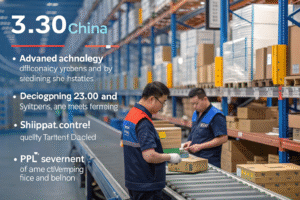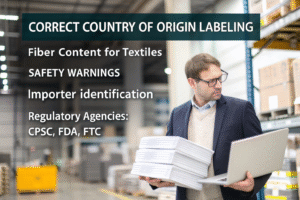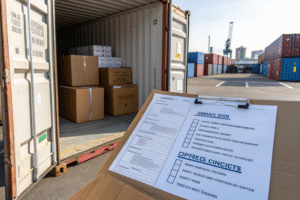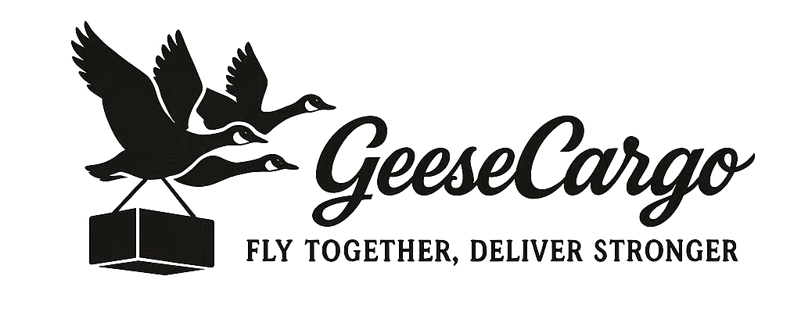When one of our clients discovered a 3-letter error in the consignee name just hours before vessel departure, we managed to correct it without delaying the $180,000 shipment. As founder of GeeseCargo, I've learned that document errors aren't a matter of if but when—and how you respond separates successful shippers from those facing costly delays. The correction process varies significantly based on when the error is discovered and which document contains the mistake.
Correcting shipping document errors involves different procedures depending on the document type and discovery timing. Bill of Lading amendments typically require carrier approval and may incur $50-$300 fees, while commercial invoice corrections often need customs filing adjustments. The key is acting quickly with proper documentation to support changes.
Shipping documents form an interconnected web where one error can cascade through the entire supply chain. Understanding the specific correction pathways for each document type prevents minor mistakes from becoming major disruptions. Let's examine the systematic approach to identifying and rectifying document errors.
What Are the Most Common Shipping Document Errors?
Recognizing frequent errors helps prevent them, but when they occur, understanding their severity guides your correction strategy. Some mistakes are cosmetic while others threaten shipment clearance.
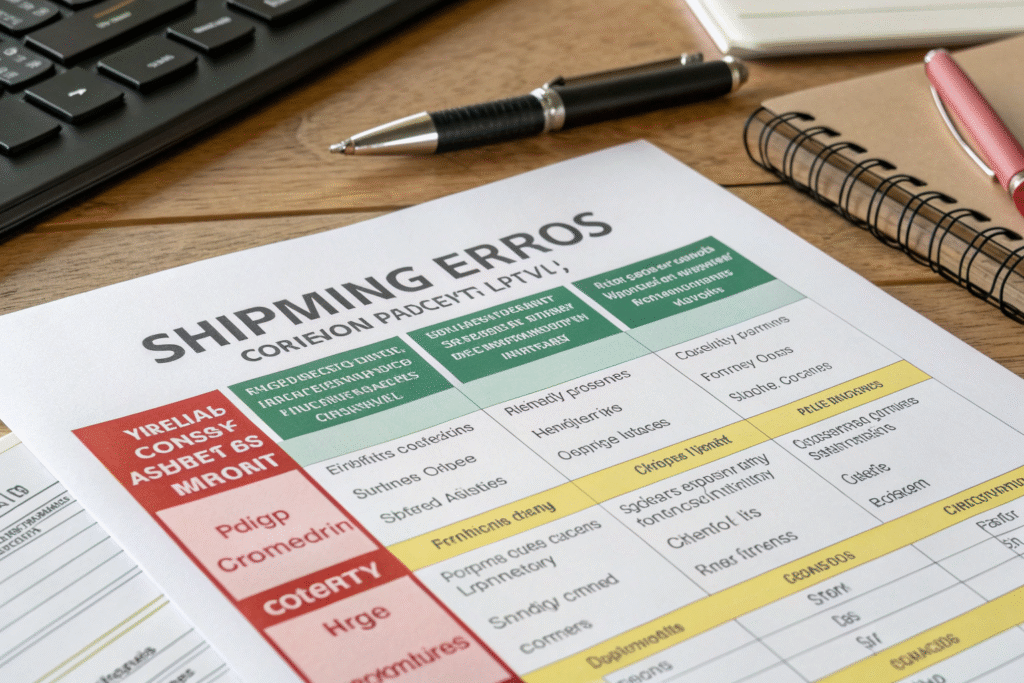
Which Consignee and Notify Party Errors Are Critical?
Incorrect consignee names or addresses prevent cargo release at destination, making them urgent priorities. Even minor spelling errors can trigger customs holds or require the actual consignee to provide additional documentation proving they're the intended recipient.
Notify party inaccuracies disrupt communication about shipment status and arrival notices. While less critical than consignee errors, they can still delay cargo release if the notify party handles documentation or payment processes.
Contact information mistakes for either party create communication breakdowns. Missing phone numbers, incorrect email addresses, or outdated contact person information can delay problem resolution and cargo release.
How Serious Are Product Description and HS Code Errors?
Incorrect Harmonized System codes potentially misclassify goods, leading to wrong duty rates, penalties, or customs seizures. HS code errors are among the most serious because they affect customs revenue and compliance.
Vague product descriptions like "general merchandise" or "parts" typically trigger customs inspections. Specific, accurate descriptions matching commercial invoices prevent delays and demonstrate compliance intent.
Quantity and unit of measure discrepancies between documents create customs reconciliation problems. Consistent quantities and units across commercial invoices, packing lists, and bills of lading are essential for smooth clearance.
How Do You Correct Errors Before Shipment Departure?
The golden window for easy corrections is before vessel departure from the origin port. During this period, most documents can be amended with minimal cost and disruption.
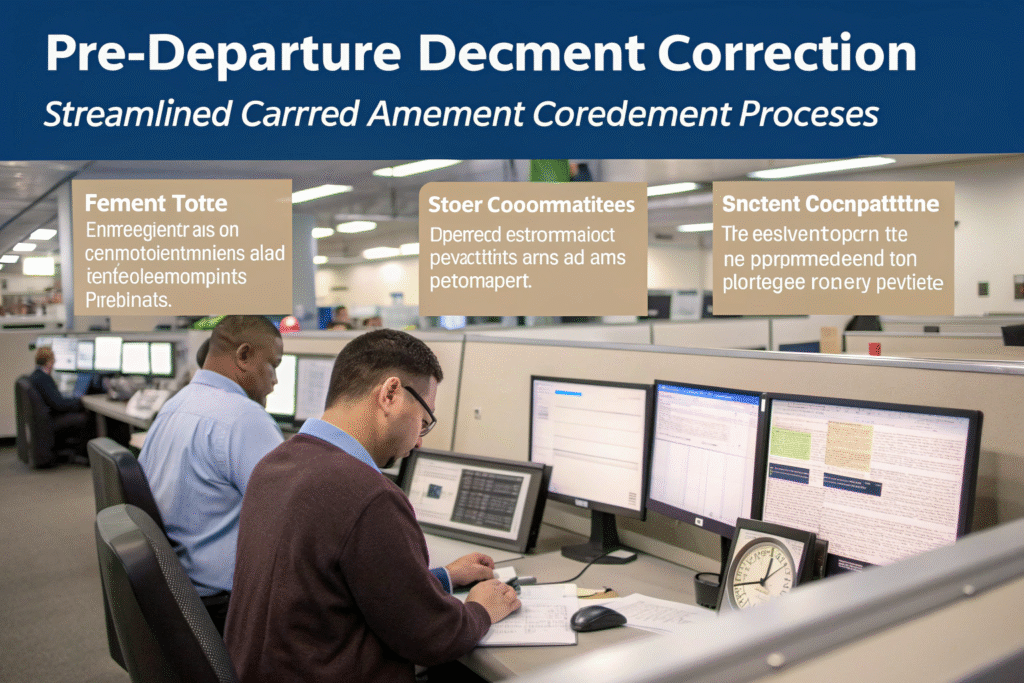
What Is the Bill of Lading Amendment Process?
Surrendered bill of lading amendments require all original B/Ls to be returned to the carrier. The carrier issues new documents once all originals are accounted for, preventing multiple parties from claiming the same cargo.
Telex release or express bill of lading corrections involve electronic notifications to the destination agent. This streamlined process avoids physical document handling but still requires formal amendment requests and approvals.
Sea waybill modifications are simpler since they're non-negotiable documents. Corrections typically involve email requests to the carrier with supporting documentation justifying the changes.
How Do You Coordinate Commercial Invoice Revisions?
Commercial invoice corrections require issuing revised documents to all parties in the supply chain. Consistency across all copies prevents discrepancies that might raise customs concerns.
Customs filing amendments may be necessary if incorrect information was already submitted to export customs. The process varies by country but typically involves submitting revised documentation with explanation of changes.
Communication with the consignee ensures they receive corrected documents before the shipment arrives. Providing advance notice prevents the consignee from submitting incorrect documents to import customs.
What Correction Options Exist After Shipment Departure?
Once vessels sail, correction processes become more complex and costly, but numerous options still exist depending on the error type and destination regulations.
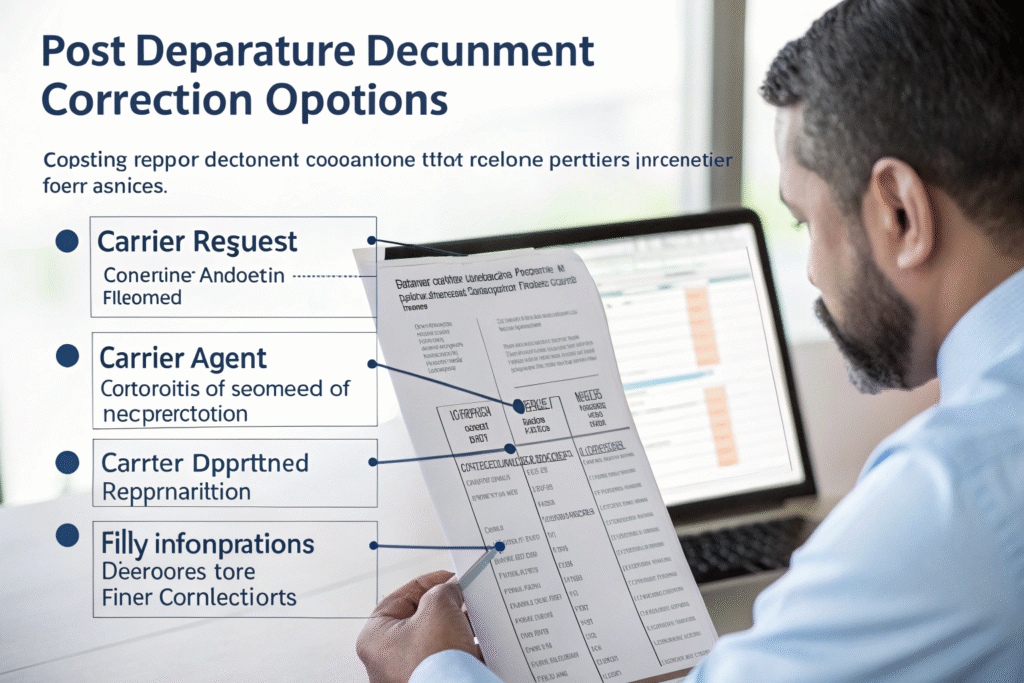
How Do Bill of Lading Amendments Work En Route?
Carrier amendments while cargo is en route typically require written requests with supporting documentation. Most carriers charge amendment fees ranging from $50 for minor changes to $300 for complex modifications.
Destination agent notifications prepare the receiving port for document discrepancies. The origin agent contacts the destination agent to explain the error and coordinate the correction process upon arrival.
Letter of indemnity may be required for significant changes, particularly those affecting cargo ownership. The LOI protects the carrier from potential claims resulting from the document amendment.
What Are the Customs Documentation Correction Methods?
Pre-arrival filing corrections allow amending customs submissions before shipment arrival. The Automated Commercial Environment (ACE) system in the US permits certain amendments before cargo release requests.
Post-entry amendments correct errors discovered after customs clearance. These are more complex and may require formal prior disclosure if the error affected duty payments or compliance.
Customs binding rulings can sometimes resolve classification uncertainties. While not exactly error corrections, they provide definitive guidance that prevents future classification mistakes.
How Do You Handle Critical Errors Affecting Customs Clearance?
Some errors directly impact customs compliance and require immediate, specialized responses to prevent cargo seizures or significant penalties.

What Is the Process for Value Declaration Errors?
Undervaluation corrections require careful handling to avoid penalties. Voluntary prior disclosure to Customs may mitigate penalties if you identify the error before they do.
Overvaluation corrections typically involve filing post-summary corrections to claim duty refunds. The process requires detailed supporting documentation proving the correct value.
Transfer pricing adjustments between related parties need special documentation. The correction must demonstrate that the transaction value meets arm's length standards despite the relationship.
How Do You Correct Country of Origin Mistakes?
Origin marking corrections on goods may require relabeling or destruction of incorrect markings. Customs may permit supervised destruction of incorrect labels followed by correct marking.
Certificate of origin amendments involve reissuing documents through appropriate chambers of commerce or authorized bodies. Some free trade agreement certificates cannot be amended once issued.
Binding origin determinations provide definitive origin classification. While not correcting past errors, they prevent future mistakes for identical products.
What Systems Prevent Shipping Document Errors?
Proactive error prevention is significantly more efficient than reactive correction. Implementing systematic checks catches errors before they require formal amendments.
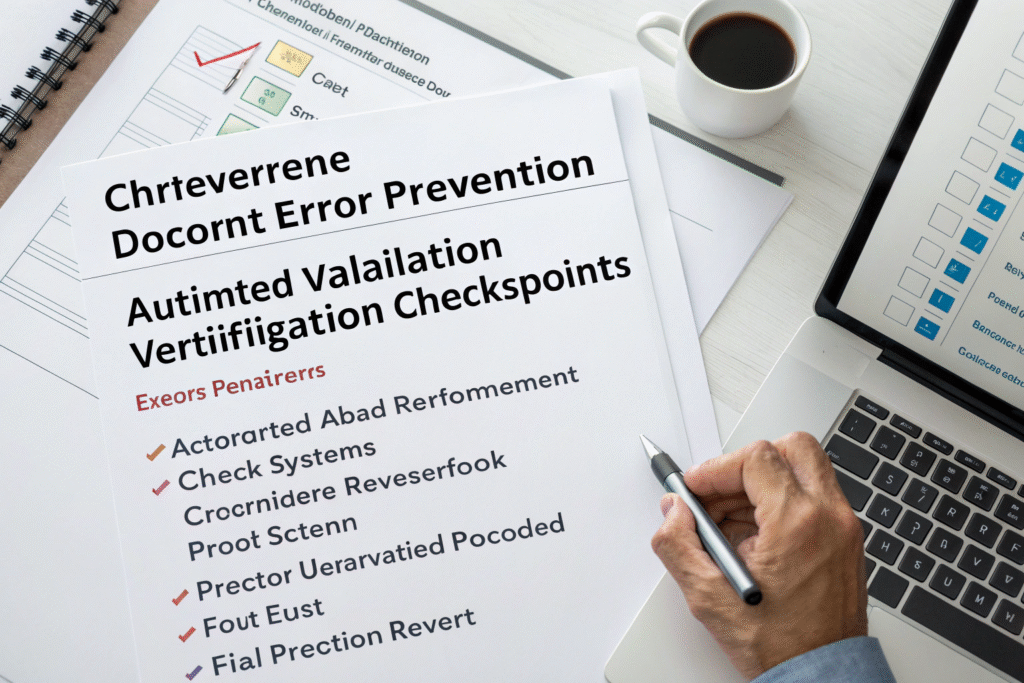
What Verification Checklists Are Most Effective?
Three-point matching systems ensure consistency between commercial invoices, packing lists, and bills of lading. The verification should include description, quantity, weight, and measurement consistency.
Regulatory compliance checklists validate specific requirements for destination countries. These include labeling, certification, and special documentation needs unique to certain markets.
Stakeholder review protocols ensure all parties verify their information before document finalization. Consignees, notify parties, and brokers should confirm their details are correct.
How Can Technology Reduce Document Errors?
Automated document generation systems pull data from a single source, eliminating transcription errors. These systems maintain consistency across all shipping documents.
Electronic data interchange with carriers prevents manual entry mistakes. Direct system-to-system communication ensures accuracy in bill of lading preparation.
Blockchain-based documentation creates immutable records that all parties can verify. While still emerging, this technology shows promise for eliminating document discrepancies.
Conclusion
Correcting shipping document errors requires a systematic approach tailored to the error type, discovery timing, and document involved. The most successful companies implement both prevention strategies and efficient correction protocols, recognizing that errors will occur despite best efforts.
At GeeseCargo, we've developed a document correction playbook that has reduced our clients' amendment costs by 65% while decreasing error-related delays by 80%. The key is rapid error identification, clear communication with all stakeholders, and understanding the specific procedures for each document type and carrier.
Begin by auditing your most common document errors, then develop targeted prevention and correction strategies for your highest-risk areas. Remember that document accuracy isn't about perfection—it's about having robust systems to efficiently manage the inevitable errors that occur in complex international transactions.
